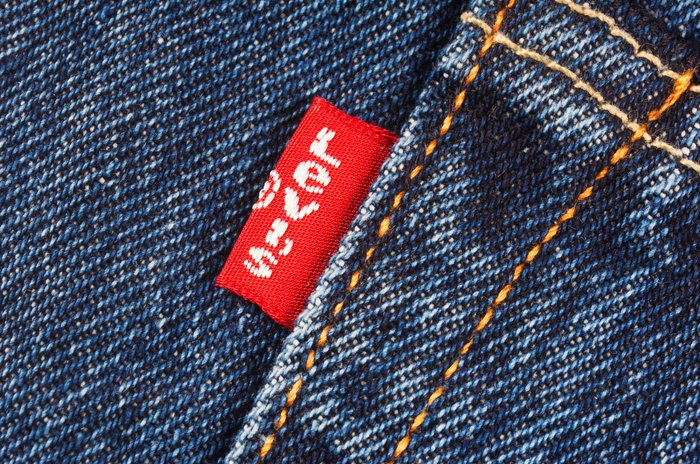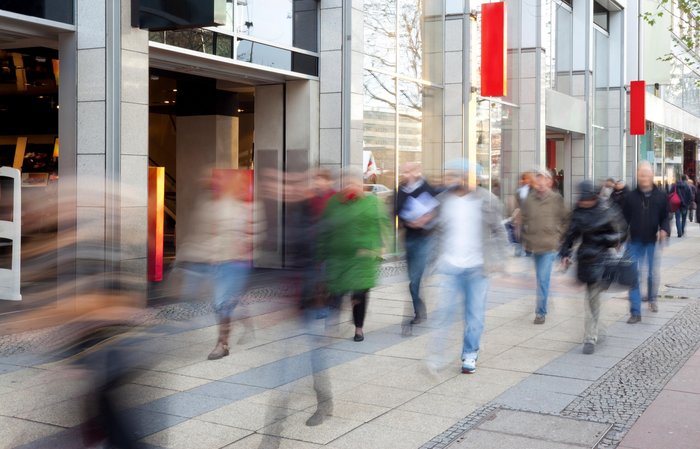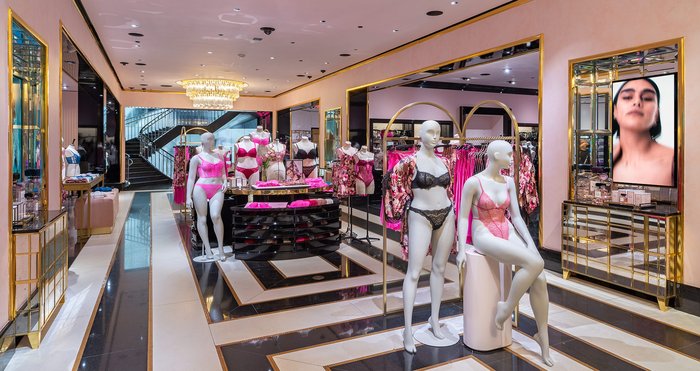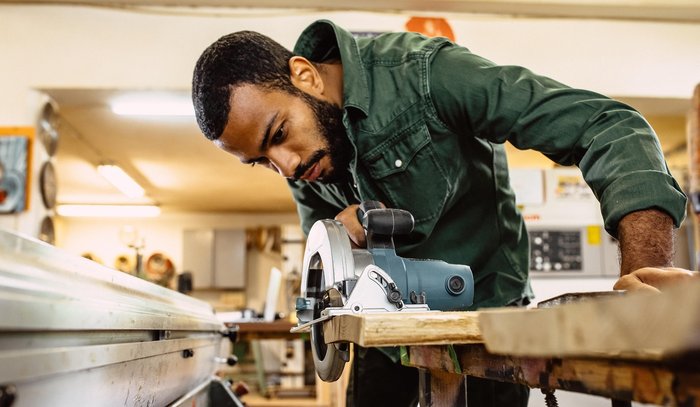How L’Oréal Groupe pioneers responsible AI visuals for beauty-tech innovation

Matt A.V. Chaban
Senior Editor, Transform
By describing an idea with simple prompts, powered by Veo and Imagen models, teams can generate high-quality visuals perfectly aligned with their brand.
For more than 115 years, L'Oréal Groupe has been a driving force behind beauty innovation, embracing the latest technologies to redefine the industry. Today, the world’s largest cosmetics company has become an indisputable leader in what it calls “beauty tech,” pioneering breakthroughs with advanced science, data, and AI that have revolutionized the beauty experience for millions — from cutting-edge diagnostic tools, to virtual “try-on” technologies, to intelligent cosmetic devices.
Driven by a commitment to shaping the future of beauty and setting the trends for each new generation, it’s no surprise that the L'Oréal Groupe is already focused on adopting generative AI across its business to empower its people and partners to be more creative and agile than ever.
Imagen 3 and Veo 2 simplifies marketing production
One of the first steps that L’Oreal took in deploying gen AI was to use Google’s Imagen 3 and Gemini multimodal models within CREAITECH — L'Oréal’s GenAI Beauty Content Lab — to transform the creative process of L’Oréal’s marketing teams. The new gen AI capabilities helped supercharge L’Oreal’s creative ideation and streamline marketing production.
By describing an idea with simple prompts, teams can generate high-quality visuals perfectly aligned with each brand's identity, significantly speeding up the content creation workflow. And with Google’s leading video model, Veo 2, CREAITECH is taking storytelling to the next level. Teams are now using Veo to bring their static images to life as stunning, eight-second animated sequences — dramatically accelerating the production of engaging video assets. The only rule is not to generate people for advertising purposes, as L’Oréal Groupe has decided not to use ‘life-like’ face, body, hair or skin, to support or enhance product benefits.
Antoine Castex, Group data and AI enterprise architect at L'Oréal Groupe, said the new platform is already changing the speed and creativity at which teams are working.
“We provide some pre-trained elements — right now images, but tomorrow it will also include video and audio — based on the brands that we are working on,” Castex said in an interview. “You can really take any asset we have prepared and generate around the product.”
Castex gave an example of taking a product that had been shot in a studio in Europe and quickly “exporting” it to other markets, saying “Consider a L'Oréal Paris shampoo campaign. We can easily customize the imagery for different markets. We can take the same product shot and seamlessly place it in a Japanese garden, on a bustling Parisian street, or any other relevant setting, ensuring the visual resonates with the local audience while staying true to the brand.”
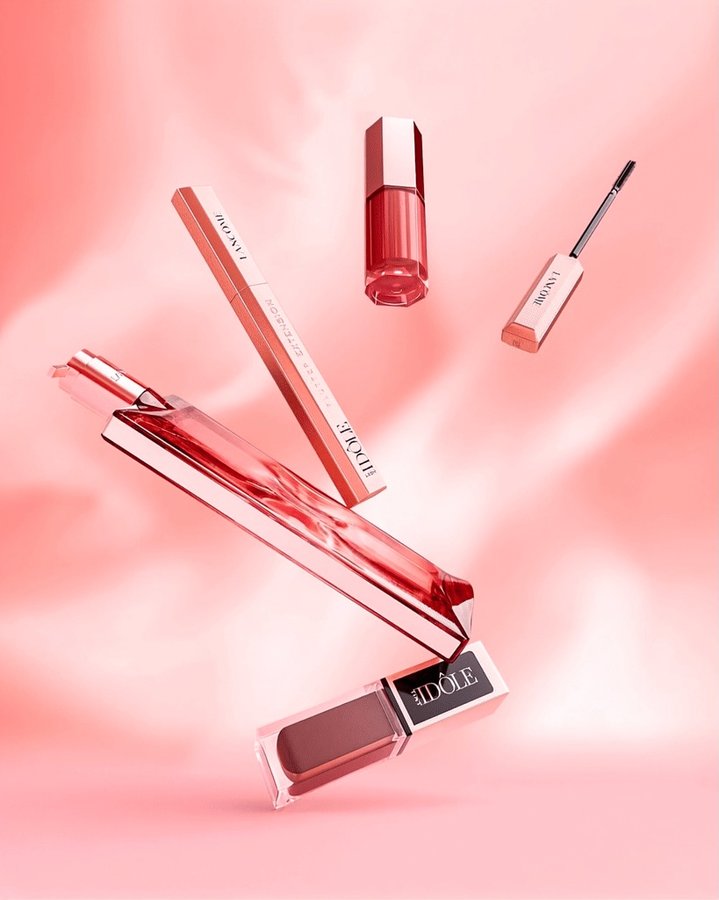

Faster concepts and lower costs
The benefits of bringing gen AI into these processes are threefold. First and foremost, L'Oréal Groupe employees can now unleash their own creative potential without relying on someone else to conceptualize their vision.
“Using AI technology is a very big accelerator for marketing teams,” said Thomas Alves Machado, L'Oréal Groupe’s gen AI global content director. “Now, it’s easier to bring to life ideas and generate new concepts, create storyboards, or test product pack shots in different universes — all of this in order to express a clearer vision to internal teams or partners and, therefore, save time and back and forth.”
Secondly, the tool has helped teams deliver quicker turnaround times compared to the traditional ways of working with agencies, where requests, idea proposals, and revisions often prolong the creation of marketing campaigns and product concepts. L’Oréal Groupe’s marketing teams have reduced the amount of time it takes to create initial concepts from weeks to days.
Third, it cuts down on cost and creates new efficiencies, given the number of assets that are created. L'Oréal Groupe has tens of thousands of items across its brands, and nearly half of them change annually, ranging from raw material adjustments, to complete packaging redesigns, such as redesigning perfume bottles for refilling to support recycling efforts.
As an example, L'Oréal uses the gen AI tool to create iterations and visualize new perfume packaging concepts, such as caps, color, how the bottle appears in different lighting conditions, and its size in relation to storage in purses or cabinets. Integrating AI into this process allows its product teams to explore and iterate various packing design concepts more efficiently and cost-effectively compared to 3D printing.
Innovation with integrity: L’Oréal’s blueprint for trustworthy AI
In the beauty industry, image is more just about how you look; it’s a powerful language for self-expression and communicating identity to the world. For L’Oréal, the visuals that showcase its iconic products and services are far more than pictures — they represent the very essence of its brands. As a result, the stakes for introducing gen AI into its processes are incredibly high.
Driven by its mission to create beauty that moves the world, L’Oréal Groupe’s strong ethical culture guides everything it does, including in the adoption of new technologies. To ensure everyone adheres to these principles, the beauty leader has established clear standards for responsible AI use, defining in 2021 its Responsible Framework for Trustworthy AI with seven principles overseen and verified by internal governance bodies. For example, L'Oréal Groupe doesn’t use AI-generated images of people in its marketing campaigns or external communication, upholding its commitment to celebrate real people and promote truthful descriptions of its products and their effects.
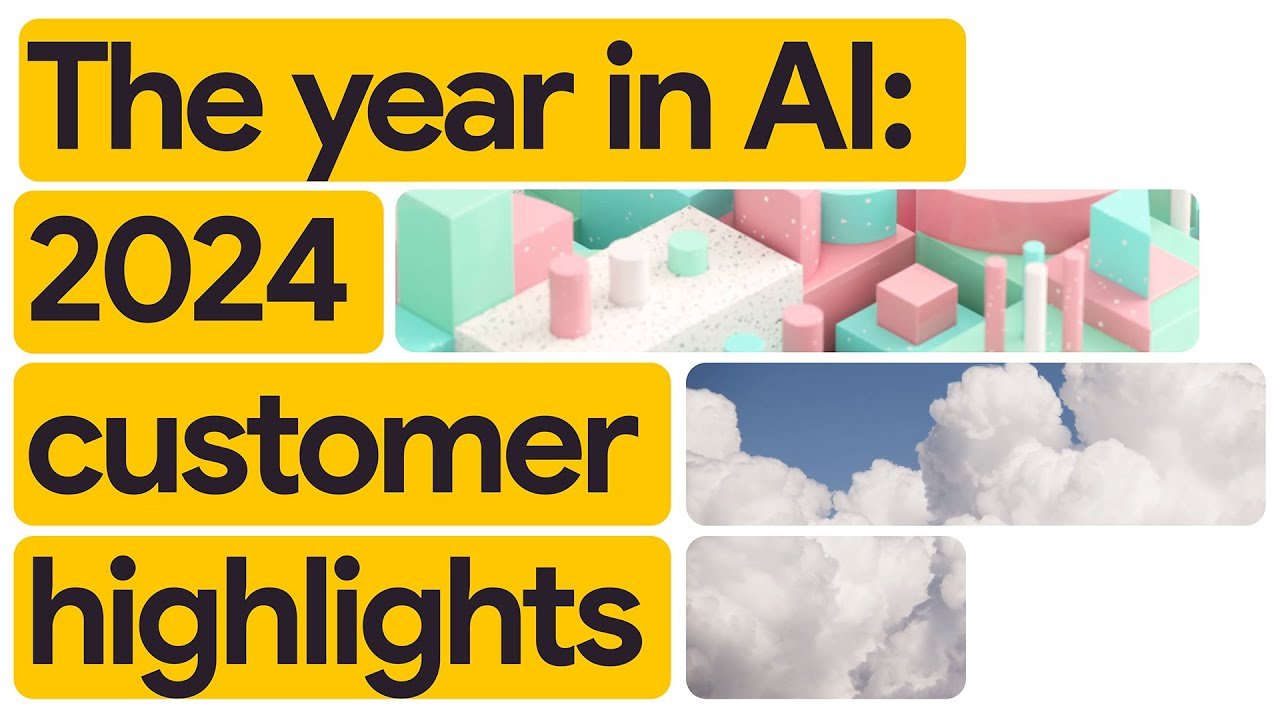
Furthermore, L'Oréal Groupe places a high priority on maintaining the same level of environmental responsibility and sustainable practices in its digital services as it does in its physical factories. The company always carefully considers whether AI use is beneficial to the environment, implementing a structured workflow for assessing and approving all new AI initiatives. This process includes dedicated spaces for experimentation, which limit data use and access, followed by a detailed review to validate success.
Machado also emphasized the importance of making employees comfortable and confident when using gen AI, noting that the cultural aspects can often be more challenging than implementing technology. To achieve this, L’Oreal believes it is not only critical to provide guardrails for AI tools that are aligned, up-to-date, and well-connected to real-world commitments, but also clearly and continuously communicate these guardrails across the entire organization.
“People are afraid of generating content that is out of control, not well evaluated, or copyrighted,” Machado said. “Our job is to show we have assessed, we have tested, we have control, and we’re secured. You can play safely and there is no risk.”
L'Oréal Groupe’s dedication to trustworthy, responsible AI extends to the careful selection of its technology. Castex noted that the internal competition among brands is just as strong within the business as it is outside, with brands striving to bring the most innovative ideas to the table. Teams want the best technology to implement them, which requires constantly assessing and testing the latest AI models and tools.
“Initially, we wanted to do almost everything on our own, but quickly discovered that an AI-based company like Google Cloud could provide many different tools and capabilities that let us know if a model is acceptable or not — and do it better, cheaper, and faster than we could,” Castex said.
Powering the next generation of beauty
In the AI era, L'Oréal Groupe remains true to its legacy: setting trends, not following them.
As a responsible and agnostic pioneer, the company wants to harness best-in-class technology from Google Cloud and other providers to create revolutionary beauty experiences — without losing sight of the human stories, emotions, and self-expression that makes beauty so meaningful. With gen AI, L'Oréal Groupe now has a creative partner to help expand the boundaries of what’s possible while catering to the infinite diversity of beauty needs and desires.
“The power of L'Oréal is its creativity and innovation, and this stays in our DNA even with the arrival of technology,” Castex said. “Our mission is to give access to employees securely, but very fast, without requiring them to have a PhD in development.”
